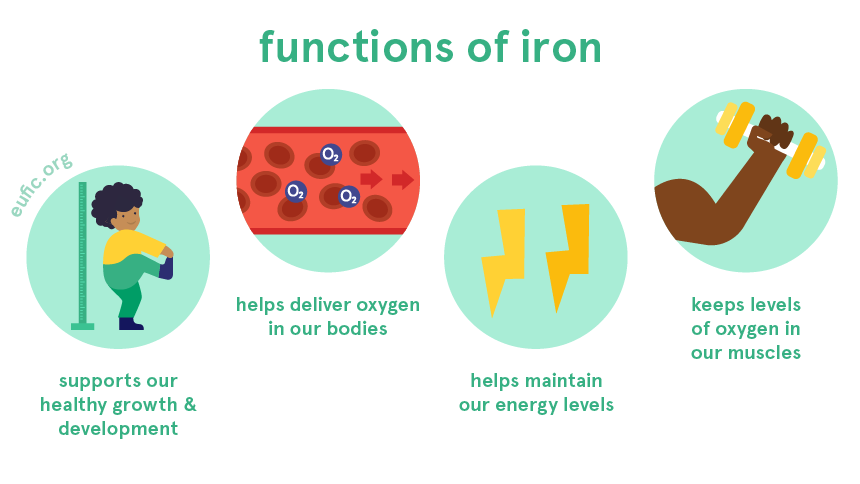Iron is an important mineral for human health, and it’s necessary to have enough of it to maintain good health. However, if someone has too little iron in their body, it can lead to some serious health problems. What happens when someone has a very low iron level, and what are some tips on how to increase your iron intake? Read on to learn more.
Iron is an important mineral for the body. It is found in every cell, and it plays a vital role in the production of hemoglobin, which carries oxygen to the tissues. Iron is also necessary for the proper function of enzymes, and it plays a role in immune function and energy metabolism. The body needs iron to produce new blood cells, and it also needs iron to maintain healthy skin, hair, and nails. Most people get the iron they need from their diet, but some people may need to take supplements. Iron deficiency can cause fatigue, pale skin, shortness of breath, and other symptoms. Severe iron deficiency can lead to anemia. A blood test can check for iron deficiency, and supplements can be taken to correct any deficiencies.
A lack of iron can cause health problems
When the body does not have enough iron, it cannot make hemoglobin, which can lead to anemia. Anemia is a condition in which the blood doesn’t have enough healthy red blood cells. Red blood cells transport oxygen to the body’s tissues. A lack of iron can also cause other problems such as fatigue, poor immunity, and difficulty concentrating. Iron deficiency is a common problem, particularly among women of childbearing age and young children. The best way to prevent iron deficiency is to consume a diet that includes iron-rich foods such as meat, poultry, fish, beans, lentils, and spinach. For people who are at risk for iron deficiency, taking iron supplements may also be necessary.
Symptoms of low iron include fatigue, dizziness, and shortness of breath
If you’re feeling tired all the time, it could be a sign that you’re not getting enough iron. Iron is an essential mineral that helps carry oxygen in the blood. If you don’t have enough iron, your body can’t make hemoglobin, which is responsible for carrying oxygen. Low iron levels can lead to fatigue, dizziness, and shortness of breath. In severe cases, it can also cause heart problems. If you think you might be iron deficient, talk to your doctor. They can order a blood test to check your iron levels. If you are low in iron, they may recommend taking an iron supplement or eating more foods that are rich in iron, such as spinach, beans, and meats.
Treatment for low iron includes taking supplements or eating foods high in iron
One of the most important functions of iron is to help carry oxygen in the blood. Iron levels can become low for a variety of reasons, including poor diet, blood loss, and certain medical conditions. Treatment for low iron typically involves taking iron supplements or eating foods that are high in iron. Iron supplement pills are available without a prescription and can be taken with or without food. Foods that are high in iron include meat, poultry, seafood, beans, spinach, and iron-fortified cereals. Increasing iron intake through diet or supplements can help to improve symptoms and prevent further complications.
It’s important to get enough iron in your diet, especially if you’re pregnant or breastfeeding
Iron is an important mineral that helps protect the body from disease. It’s no surprise, then, why an iron deficiency can lead to problems like fatigue and weakness! Pregnant women especially need plenty of this nutrient because they have higher rates of dietary restrictions than anyone else, but even adults should be aware — a lack could cause serious issues if left unchecked.
In order to get enough Iron in our diet, we must eat foods high in meats or fish such as red meat (beef), chicken plus turkey has small amounts, while beans provide excellent sources along with leafy greens which all contain good absorbent vitamin C.
Recipes for foods rich in iron
While we can get iron from food sources, sometimes our bodies need a little extra help. If you’re looking for recipes that are rich in iron, here are some ideas to get you started.
One great option is liver pate. Liver is an excellent source of iron, and pate is a classic way to enjoy it. Just be sure to cook the liver first to minimize the risk of foodborne illness. For a vegetarian option, try lentil soup. This hearty soup is packed with protein and iron-rich lentils. Just be sure to include a source of vitamin C, such as tomatoes or bell peppers, to boost absorption. And for something sweet, try blackstrap molasses. Molasses is a byproduct of sugar production and is rich in iron and other minerals. Add it to your morning oats or enjoy it as a natural sweetener in baking recipes.
Without iron, our cells can’t produce energy and we can’t carry oxygen through our bodies. This means that if you don’t have enough iron in your diet, you could be feeling tired and run down all the time. Luckily, there are plenty of foods that are high in iron so you can make sure you get enough each day. So what are you waiting for? Start eating your way to better health today!
